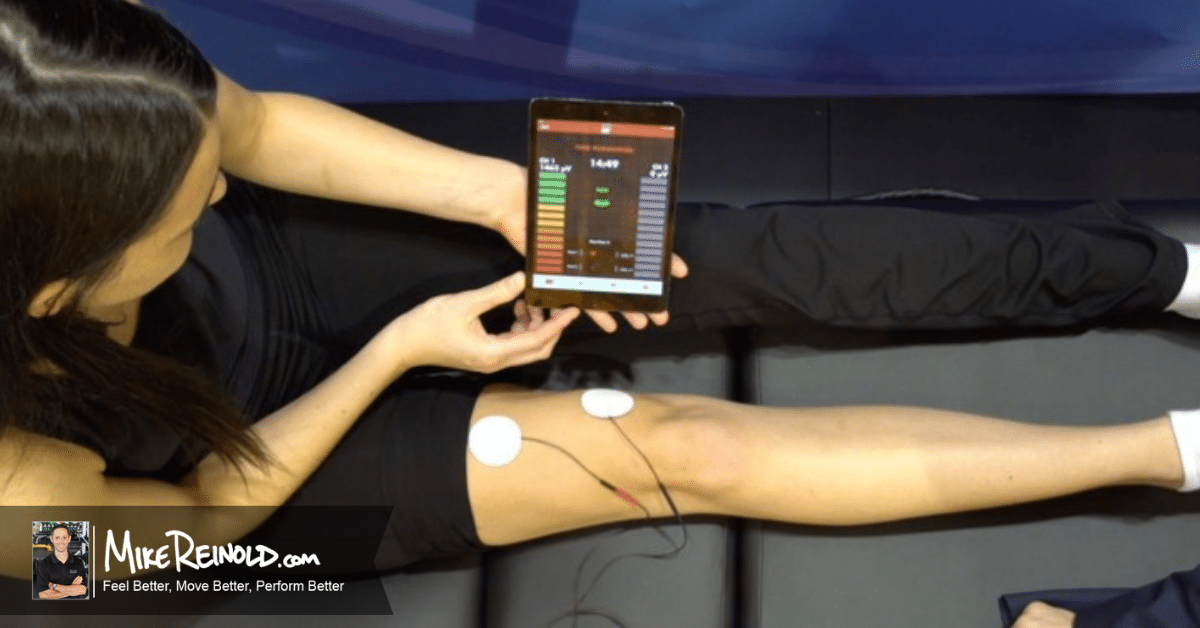Utilizing the Potential of Biofeedback to Transform Persistent Pain Control and Improve Quality of Life
Utilizing the Potential of Biofeedback to Transform Persistent Pain Control and Improve Quality of Life
Blog Article
Persistent pain is a condition that affects countless of individuals across the globe. It can be caused by multiple factors, including traumas, diseases, or even stress. For many patients, controlling chronic pain can be a constant challenge that impacts their standard of life. Conventional treatments often consist of drugs, physiotherapeutic therapy, and occasionally surgery. However, these approaches do not always provide the alleviation that patients desire. Lately, biofeedback has emerged as a promising alternative for managing chronic pain and enhancing overall health.
Biofeedback is a technique that educates patients how to control specific bodily processes by using indicators from their own physiology. This approach involves employing sensors that monitor physiological responses such as heart rate, muscle tension, and skin temperature. By offering immediate feedback, patients can discover to recognize their body's reactions to pain and stress. This awareness allows them to develop strategies to manage their pain more efficiently. For example, if a person observes that their muscle tension increases when they are in pain, they can practice relaxation techniques to help reduce that tension.
One of the key advantages of biofeedback is that it enables individuals to take an proactive role in their pain control. Instead of relying solely on drugs or treatments from healthcare providers, individuals can learn to comprehend and regulate their own physiology. This sense of control can lead to increased confidence and a more positive outlook on life. Many patients report feeling more in charge of their pain and less like victims of their condition. This shift in mindset can significantly enhance their standard of life.
Studies has shown that biofeedback can be effective in reducing chronic pain indicators. Research suggest that patients who use biofeedback techniques often experience less Read Full Article pain and improved physical function. Additionally, biofeedback can help reduce anxiety and stress, which are common issues for those living with chronic pain. By tackling both the physical and emotional aspects of pain, biofeedback provides a holistic approach to pain management. This comprehensive method can lead to better outcomes for patients, allowing them to engage more fully in their daily activities.
In conclusion, biofeedback is a valuable tool for revolutionizing chronic pain control. By teaching individuals to understand and control their physiological responses, biofeedback enables individuals to take control of their pain. This approach not only helps reduce pain but also enhances overall standard of life. As more individuals seek options to conventional pain control methods, biofeedback emerges as a promising option. With continued research and awareness, biofeedback could become an essential part of chronic pain therapy, helping patients lead more fulfilling, more fulfilling lives.